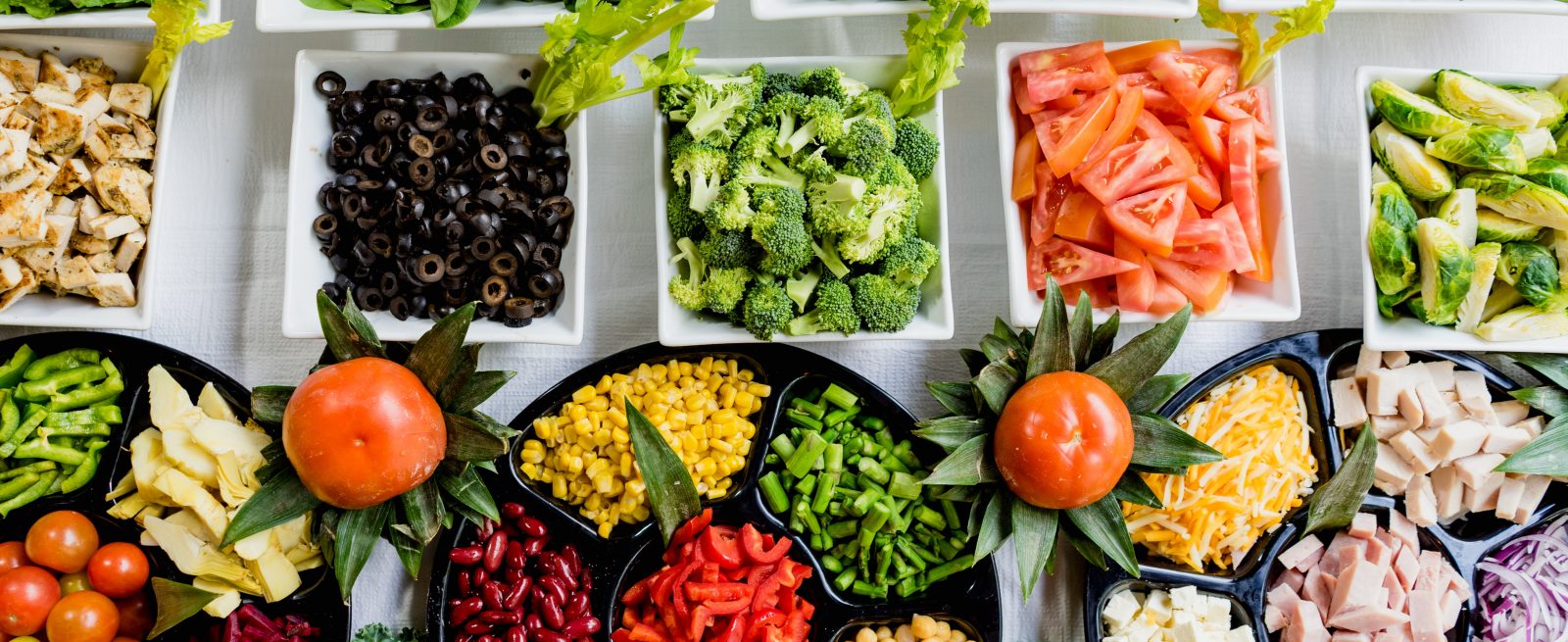Healthier Foods Carry Greater Risk for Foodborne Illness
4 Min Read By Aaron Cohen
Today’s adults grew up in a fast food culture. We sought out inexpensive, efficient food – price, speed and consistency were key selling points. As consumers, we didn’t worry about nutrition, “bad calories,” or how an all-fried, high-fat, processed diet could make us obese.
Flash forward to 2018 and it’s a whole different ballgame. Consumers are demanding fresher healthier foods, which is why chains like Chipotle and Panera have grown in popularity. These restaurants have built their brands on serving healthy, fresh, clean foods. Now, customers are even seeking salads from the fast-food chains well-known for their burgers, chicken nuggets and fries.
The demand for fresher foods is a big reason we’ve seen such a huge increase in foodborne illnesses.
Ironically, the demand for fresher foods is a big reason that we’ve seen such a huge increase in foodborne illnesses at restaurants recently. While produce and other fresh foods are healthier for consumers to eat, they (unfortunately) carry more food safety risk.
Recent examples illustrate this point. Panera – which prides itself on offering “food as it should be” – recently experienced a foodborne illness outbreak when they inadvertently served romaine lettuce tainted with E.coli. Chipotle – whose motto is “food with integrity” – serves a variety of raw, ready-to-eat foods (e.g., lettuce, tomatoes, avocados). These foods, while theoretically healthy, carry greater food safety risk because there’s no “kill step” where cooking/heat could kill harmful bacteria.
And McDonald’s – known widely for its Big Macs and fries – has made a concerted effort to add fresh salads to its menu, yet experienced a multi-state foodborne illness outbreak this summer, sickening hundreds with contaminated produce.
People are eating healthier, but are getting food poisoning more frequently. Consumers are at greater risk for foodborne illness eating a fresh salad than if they ordered a burgers and fries. Since spring 2018, there have been multiple, widespread contamination issues (and subsequent recalls) around produce at restaurants and retailers. Adding to the problem: fresh produce has more stops along the supply chain, which means more opportunities for contamination.
Foodborne illness outbreaks will continue unless significant changes are made throughout the food industry. As an expert at the intersection of food safety and technology, I’m highly concerned about the increased risk of foodborne illness when serving or consuming fresher foods. This is a real threat, and the food industry must take action to keep our foods, guests and businesses safer.
Restaurants and other food businesses should:
Rely on Technology
Human error is inevitable, even in the most careful kitchens. A staff member may forget to close the walk-in-cooler door, or inadvertently hold foods at improper temps. The newest tech tools – such as sensors – effectively keep foods safer by recognizing events (i.e., cooler door left open) that could cause food safety breaches. And since fresher foods are vulnerable during every stop on the supply chain, food manufactures should re-examine their systems, using automated options and technology to reduce food safety issues from farm to fork.
Ditch the Paper
It’s astounding that 90 percent of food businesses still use antiquated paper and pencil systems to manage food safety standards, including inspections, audits and training, per a recent CoInspect survey. This makes it easy for employees to cheat and falsify records, which puts foods, consumers and businesses at risk. Instead, embrace technological tools, which are now affordable, attainable and user-friendly.
Embrace Technology–Don’t Be Intimidated By It
Most restaurants rely on antiquated, ineffective pen-and-paper record-keeping, afraid to make the leap to tech tools. But today’s tech solutions truly are affordable, attainable and easy to use, and shifting to a digital system won’t be overwhelming or intimidating, as many believe. The first step could be as simple as providing digital safety checklists and/or food safety training reminders on employees’ smartphones.
Use Data to Drive Decisions
Even in today’s high-tech culture, many restaurants do haphazard, random safety checks. Their data collection system is long, tedious paper and pen safety checks, which employees often skip (or falsify) because they’re too busy or uninterested in the task. But, if food businesses collected safety data on a regular, more accurate basis, they could make smarter decisions and get ahead of potential problems before they become liabilities. If and when restaurants leverage tech solutions, they’ll be much more equipped to assess and analyze the resulting data. This will be a game-changer for individual businesses, restaurant chains and the food industry overall.
Implement Proper Food Safety Protocols and Be Aware of Your Supply Chain
As menus revolve around fresher ingredients, restaurants must be concerned about food safety protocols in their kitchens (not cross-contaminating, cooking to proper temps, keeping equipment sanitized). But they should also be mindful about the safety of their supply chain (where is produce coming from, how has it been stored, has it been held at proper temperatures, etc.) A restaurant can have the cleanest kitchen in the world and follow food safety procedures precisely, but if they receive a shipment of romaine lettuce tainted with E.coli, they could sicken (or even kill) their customers with the salads they serve.
Change Your Food Safety Mindset
Many food businesses use a “top-down” approach, where leadership dictates the need for food safety, then hopes their employees follow the protocols. Instead, adopt a “knowledge approach.” If leaders elevate food safety training to all employees – and explain the reasoning behind the protocols – they’ll have better outcomes.
Restaurants must take food safety seriously – every employee, every day, on every shift. This is more important than ever, as we serve up vulnerable fresh foods. Let’s all use every tool at our disposal to keep our foods, guests and businesses safer and healthier.


